Introduction:
In the realm of fine beverages, tea holds a unique position, not just as a drink but as a symbol of culture, tranquility, and tradition. Tea art, a practice steeped in history and elegance, is a true testament to the appreciation of this ancient drink. This article takes you on a tour of tea art, presented in English, highlighting the essence of this centuries-old tradition.
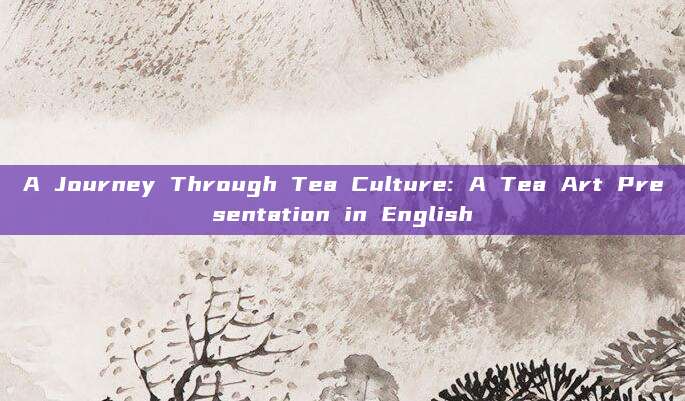
The Art of Tea Preparation:
To begin our exploration of tea art, let's first delve into the process of tea preparation. The English term for the art of preparing tea is "Tea Art," and it encompasses a meticulous process that involves several steps.
Steeping the Leaves:
The heart of tea preparation is the "steeping," or "brewing" of the tea leaves. In English, this process is known as "steeping the leaves." The leaves are typically steeped in hot water for a specific duration, which can vary depending on the type of tea. For instance, green tea is often steeped for 1-2 minutes, while black tea might require 3-4 minutes.
The Perfect Temperature:
One key aspect of tea art is achieving the perfect water temperature. For green and white teas, the water should be heated to around 70-80 degrees Celsius (158-176 degrees Fahrenheit). For black and herbal teas, the water should be heated to around 90-95 degrees Celsius (194-203 degrees Fahrenheit).
Tea Sets and Utensils:
The "teaware" used in tea art is not just a means to hold the tea, but an integral part of the experience. English speakers often refer to this as "teaware." From delicate porcelain teacups to elegant tea pots, each item is chosen for its aesthetics and functionality.
The Aesthetics of Tea Art:
Tea art is not only about the taste of the tea but also about its presentation. The term "presentation" is often used to describe how tea is served in a visually appealing manner. The color of the tea, the clarity of the liquid, and the overall composition of the tea set on the table all contribute to the aesthetic experience.
Tea Art and Meditation:
Tea art has a strong connection to meditation, a concept that is widely recognized in English as "meditation." The practice of tea art is often seen as a form of mindfulness, where each movement and step is performed with intention and focus.
Historical Perspectives:
Understanding the historical context of tea art is crucial. The English term "history" refers to the long-standing tradition of tea drinking, which dates back thousands of years. In China, for example, tea has been a part of daily life and religious rituals since ancient times.
Conclusion:
Tea art is a practice that combines the sensory pleasure of drinking tea with the meditative and spiritual aspects of life. For those who are interested in exploring this art form, it's essential to appreciate the attention to detail and the dedication that goes into every step of the tea preparation process. Whether you're a tea enthusiast or a casual observer, tea art offers a rich and rewarding experience that transcends the cup.
This article aims to provide a comprehensive guide to tea art for English-speaking readers, using relevant keywords and phrases such as "Tea Art," "steeping the leaves," "teaware," "presentation," "meditation," and "history." The content is structured to provide a clear and informative read, while adhering to SEO best practices.


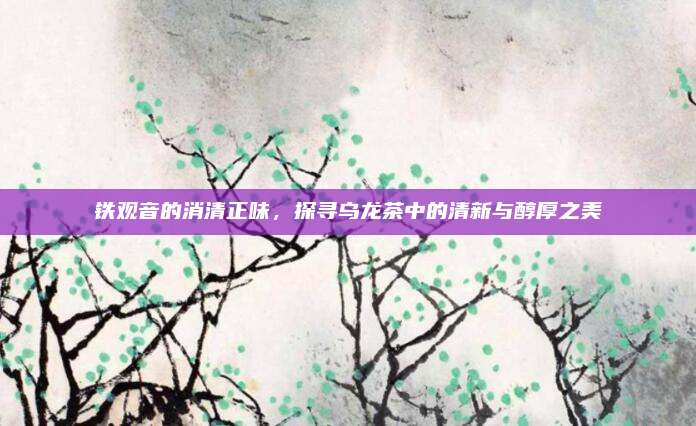
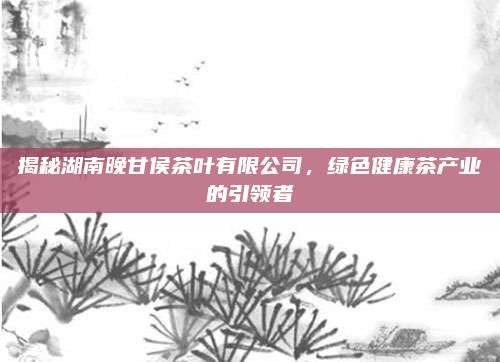
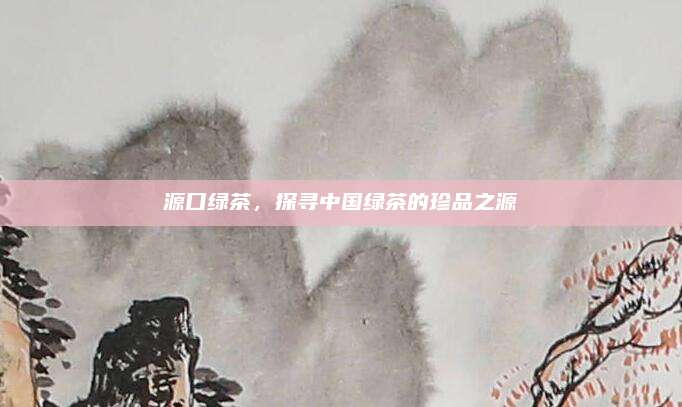
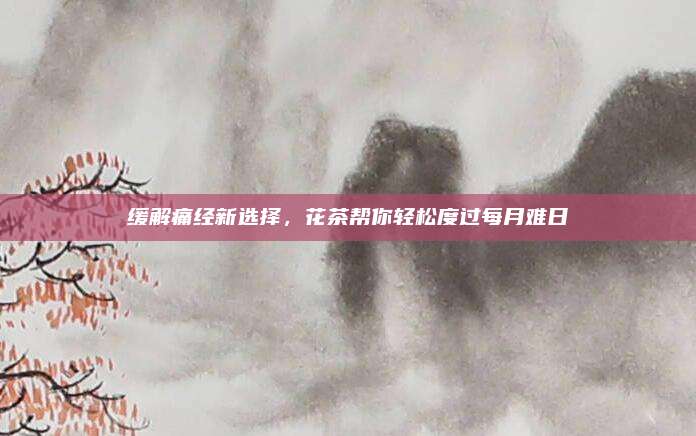

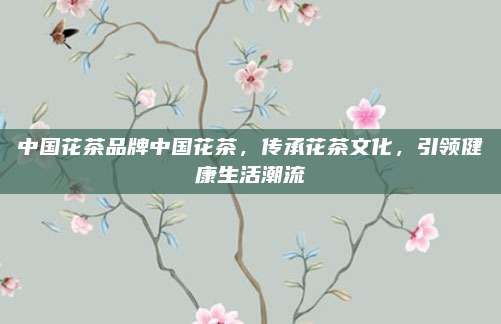

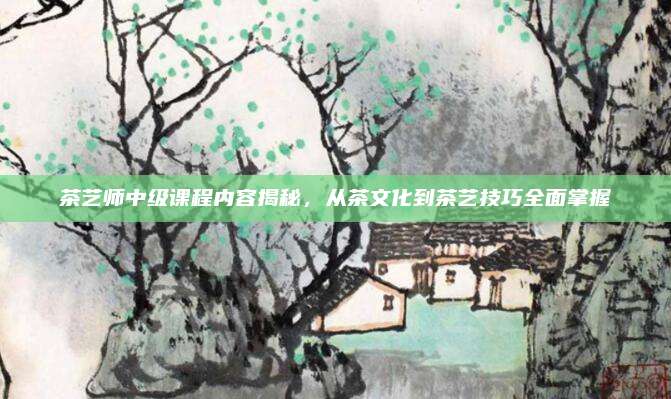




还没有评论,来说两句吧...